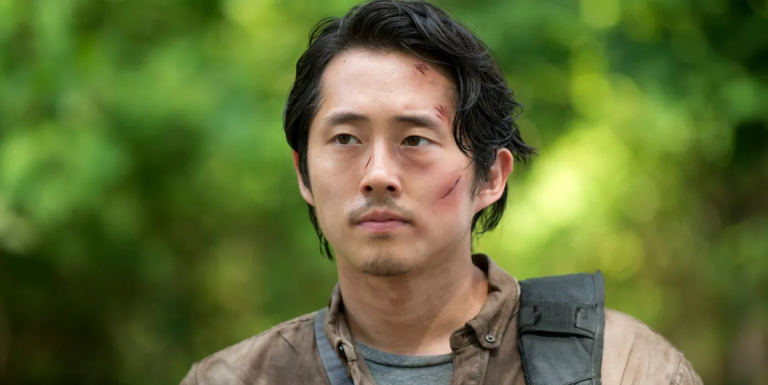
Media representations shift as audiences demand authentic portrayals of Asian masculinity and desirability
New York, N.Y. — The Chinese laborers who forged America’s transcontinental railroad through treacherous mountain passes and scorching deserts were anything but the emasculated stereotypes that Hollywood would later perpetuate.
These men possessed the physical strength, mental fortitude, and unwavering determination to accomplish one of the greatest engineering feats in American history. Yet for decades, Western media has systematically stripped Asian men of their inherent masculinity, reducing them to one-dimensional caricatures that bear no resemblance to reality.
This distorted representation has permeated not only mainstream heteronormative culture but also infiltrated LGBTQ+ communities, where Asian men have often been relegated to submissive roles and denied the full spectrum of their sexual identity. The intersection of racism and homophobia has created a particularly challenging landscape for gay Asian men, who must navigate both Western beauty standards and the internal biases within their own communities.
The Historical Emasculation Campaign
Hollywood’s treatment of Asian men has been nothing short of systematic emasculation.
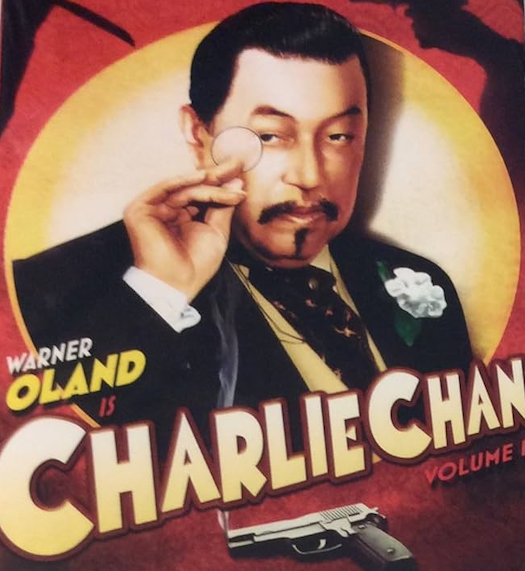
From the early days of cinema, Asian male characters were deliberately crafted to be non-threatening to white audiences.
They appeared as loyal servants, comic relief, or exotic villains—never as romantic leads or objects of desire.
This pattern persisted through decades of filmmaking, creating a cultural narrative that positioned Asian men as inherently undesirable, weak, or feminine.
The Charlie Chan detective series, beginning in the 1930s, featured Swedish actor Warner Oland portraying the Chinese-Hawaiian detective as a wise but subservient figure who spoke in broken English despite being highly intelligent.
Meanwhile, Fu Manchu represented the “yellow peril” stereotype—an exotic, scheming villain who was dangerous but ultimately defeatable by white heroes.
Long Duk Dong from “Sixteen Candles” (1984) exemplified the stereotype of Asian men as sexually immature and socially inept.
Every single Asian dude who went to high school or junior high during the era of John Hughes movies was called ‘Donger,'” according to Martin Wong of Giant Robot magazine.
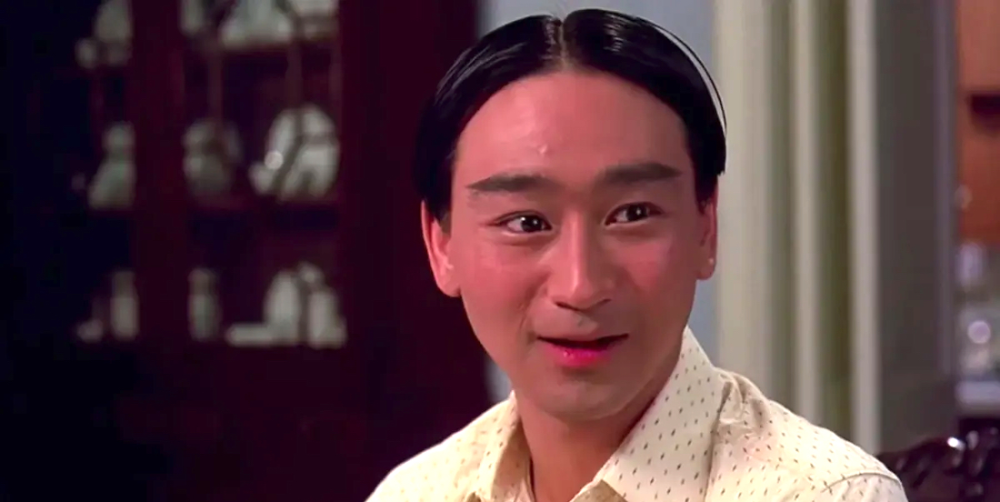
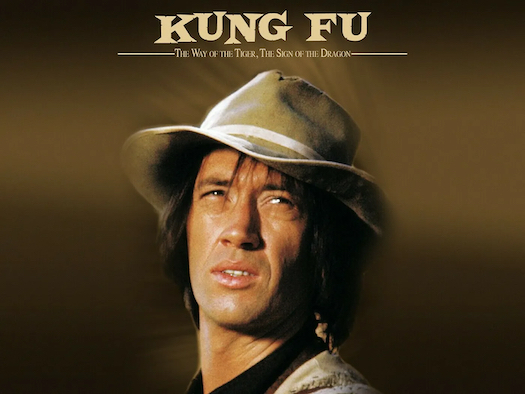
Across many of these Hollywood films, Asian males were played as scheming, weak, ignorant, and undesirable, while they appeared as loyal servants, comic relief, or exotic villains—never as romantic leads or objects of desire.
This pattern persisted through decades of filmmaking, creating a cultural narrative that positioned Asian men as inherently undesirable, weak, or feminine.
The entertainment industry’s stereotyping has had profound real-world consequences.
Dating apps reveal stark disparities in match rates, with Asian men consistently receiving fewer responses than their counterparts of other ethnicities.
These digital platforms have become modern mirrors reflecting society’s internalized biases, where centuries of media conditioning continue to shape romantic preferences and sexual attraction.
Cultural Resistance and Personal Testimony
Within gay culture, the impact of these stereotypes has been particularly acute. Many Asian men report feeling pressured to conform to expectations of submissiveness or have experienced fetishization rather than genuine attraction.
The gay community, which should theoretically embrace diversity, has
often reflected broader societal prejudices in its treatment of Asian men.
Personal relationships provide powerful testimony to the disconnect between stereotype and reality. Long-term partnerships with men from the Philippines, Singapore, Indonesia, and Thailand reveal the complexity and strength that Western media has consistently ignored.
These relationships demonstrate that Asian men possess the full range of human emotion, sexual expression, and relationship dynamics that have been denied to them in popular culture.
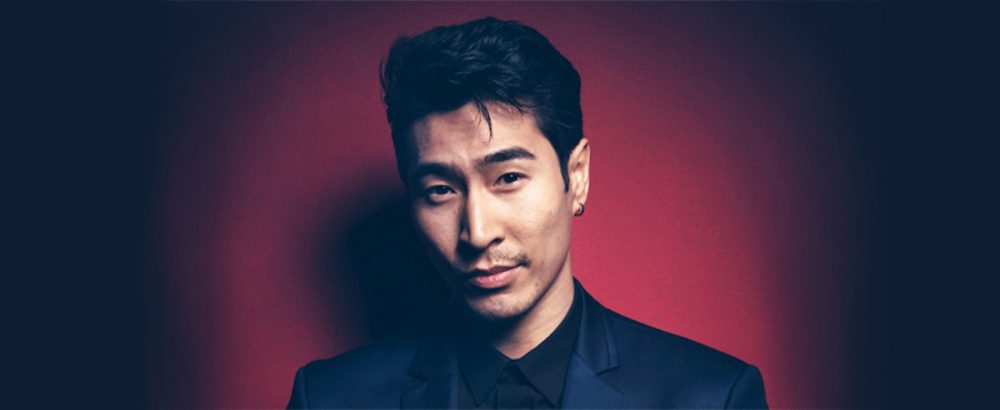
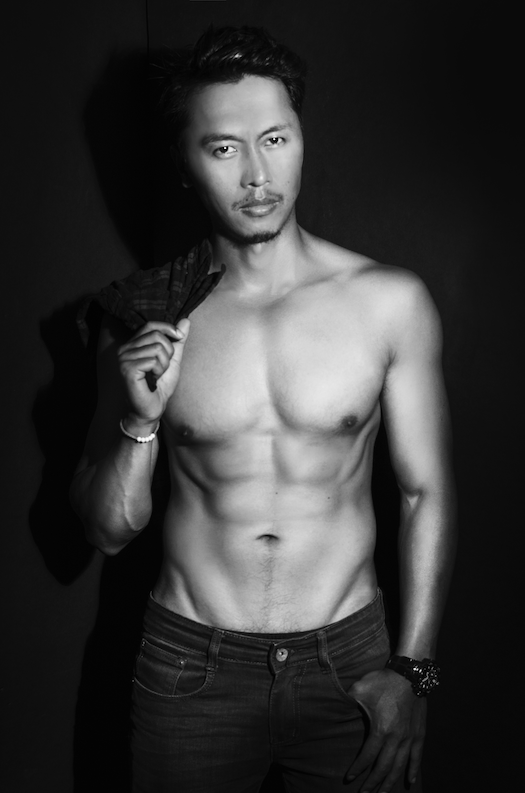
The Tide Begins to Turn
Recent years have witnessed a gradual but significant shift in representation.
Broadway productions have begun casting Asian men in leading roles that showcase their range and appeal.
Shows like “The King and I” have been reimagined with nuanced portrayals that move beyond orientalist fantasies, although of course Yul Brenner was not even Asian.
Hollywood has slowly begun to recognize the market demand for authentic Asian male characters who embody strength, complexity, and desirability.
The success of films featuring Asian male leads has proven that audiences are ready to embrace more diverse representations of masculinity.
These productions have challenged the notion that Asian men cannot carry romantic storylines or command screen presence.
Social media has amplified Asian male voices, allowing them to control their own narratives and showcase their authentic selves beyond the confines of traditional media gatekeepers.
The Digital Revolution and Authentic Voices
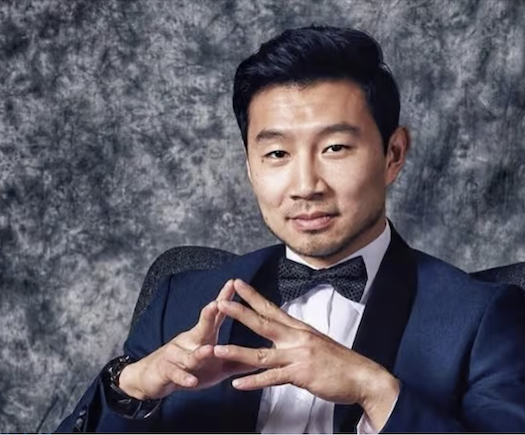
Social media platforms have become crucial battlegrounds for challenging stereotypes.
Asian content creators have used these spaces to showcase their personalities, talents, and perspectives without the filter of Western media interpretation.
YouTube, Instagram, and TikTok have enabled Asian men to present themselves as multifaceted individuals rather than one-dimensional characters.
The rise of K-pop and Asian entertainment has fundamentally altered global perceptions of Asian masculinity.
Male performers from South Korea, Japan, and other Asian nations have gained international followings, proving that Asian men can indeed be objects of desire and admiration.
This cultural export has helped normalize the idea of Asian men as attractive, talented, and worthy of romantic attention.
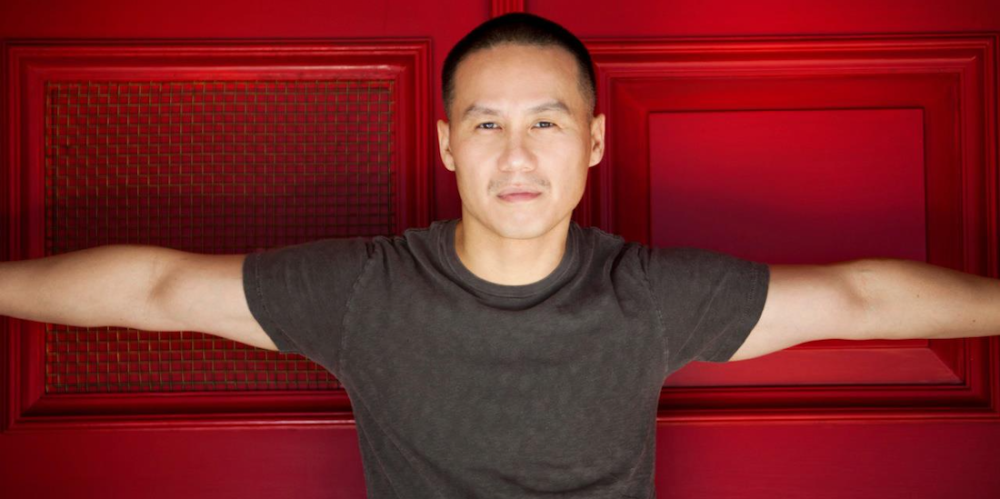
Beyond the Binary: Complex Masculinity
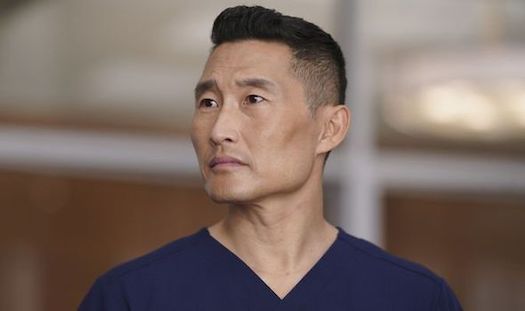
The conversation around Asian male representation extends beyond simple visibility to encompass the full spectrum of masculine expression.
Traditional Western concepts of masculinity—often rooted in physical dominance and emotional stoicism—have proven inadequate for capturing the diverse ways that Asian cultures conceptualize strength and leadership.
Asian masculinity encompasses emotional intelligence, intellectual prowess, artistic sensitivity, and spiritual depth alongside physical capabilities.
These multifaceted expressions of masculine identity offer richer, more nuanced portrayals that benefit not only Asian men but expand societal understanding of what it means to be masculine in the modern world.
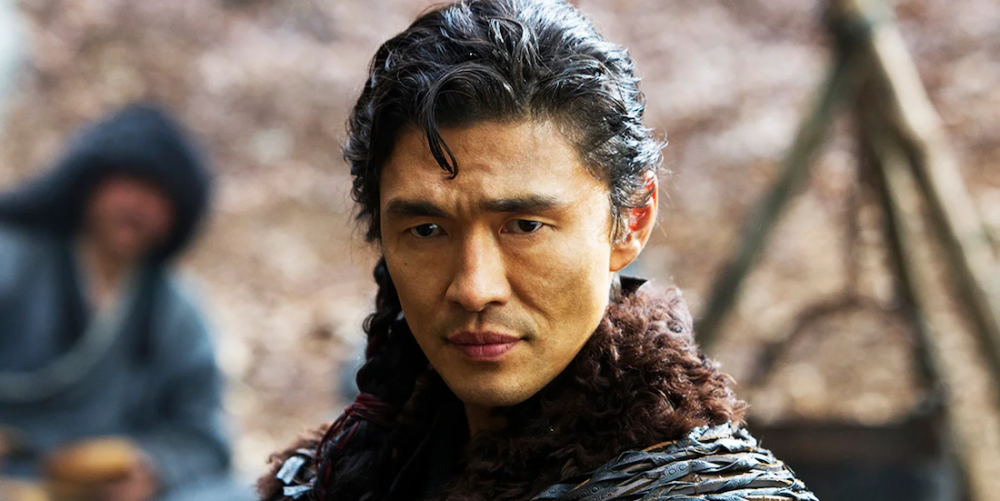
The Path Forward
The transformation of Asian male representation requires continued vigilance and active participation from both creators and consumers. Media literacy becomes crucial in recognizing and challenging persistent stereotypes.
Supporting films, television shows, and other content that present complex Asian male characters sends powerful market signals to content creators.
Educational initiatives within LGBTQ+ communities can help address internalized biases and create more inclusive spaces. Dating platforms and social applications must examine their algorithms and design choices to ensure they don’t perpetuate discriminatory patterns.
The railroad builders of the 19th century possessed the same strength,
determination, and complexity that characterizes Asian men today.
It is time for popular culture to catch up with reality and recognize the full humanity of Asian men—not as stereotypes to be overcome, but as complete individuals deserving of respect, desire, and authentic representation.
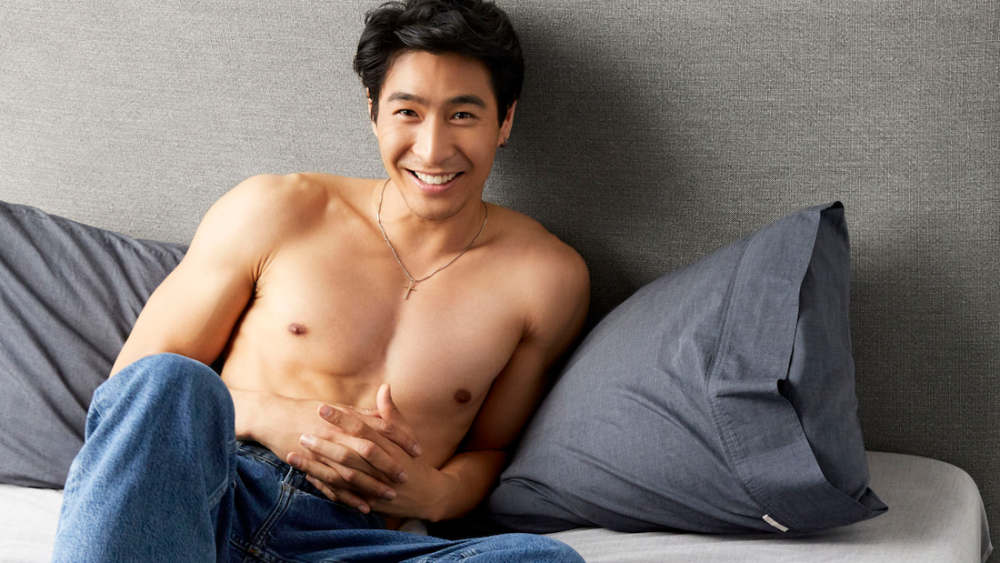
Breaking Hollywood’s Narrow Lens: Asian Men Rise as Icons (July 15, 2025)
Audio Summary (75 words)
Asian men have been historically emasculated in Western media, appearing as weak stereotypes rather than complex individuals. This misrepresentation has affected dating, relationships, and self-perception within both straight and gay communities. However, recent years show progress through better film and Broadway casting, social media empowerment, and global influence of Asian entertainment. The article argues for continued efforts to challenge stereotypes and embrace authentic portrayals of Asian masculinity, moving beyond limiting Western beauty standards and cultural biases.